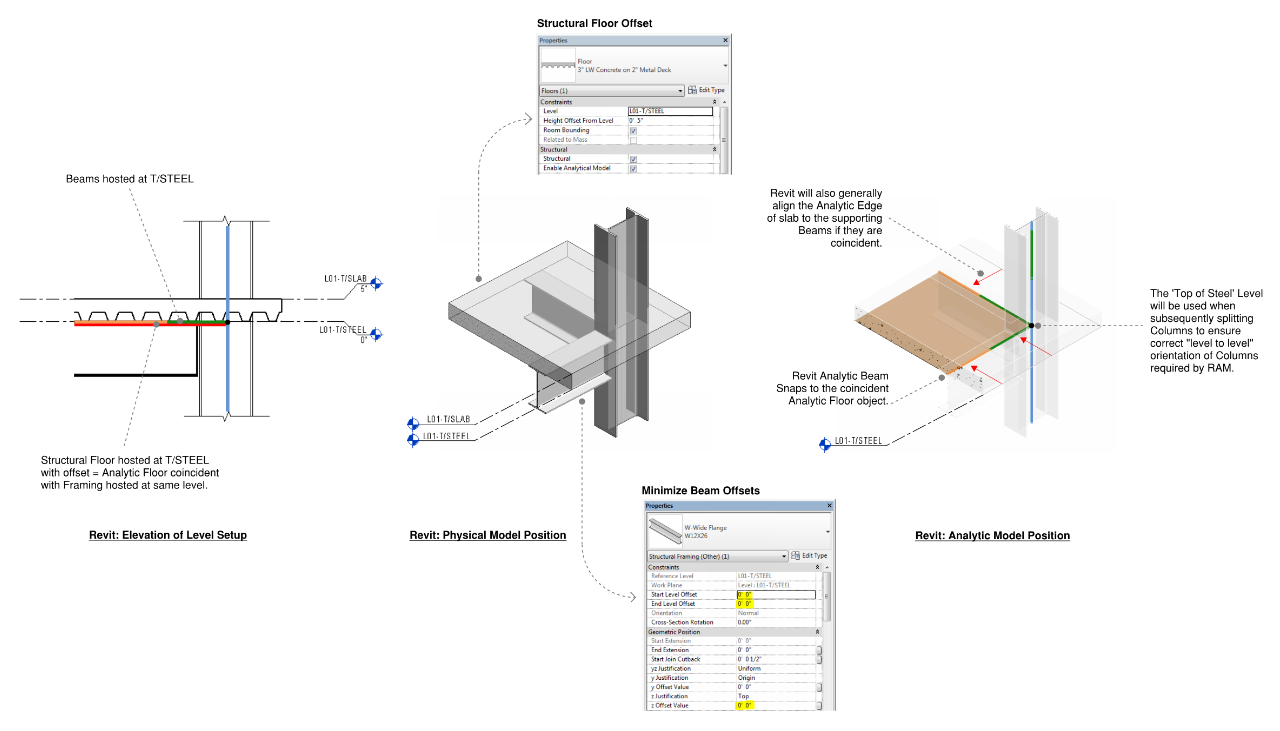You can only modify this setting if the detail level of the view is coarse this technique is useful if you have a lot of walls removing the tedious process of manually adjusting the join and boundary of each individual wall.
Connecting walls to floors in revit.
Open the revit project browser to view the wall types you just created.
I have tried manually editing the profile attaching a railing with a negative value and of course attaching the walls to the ramp.
The wall joins tool is not recommended for editing wall joins that involve more than 4 walls span multiple floors or exist in more than one workset.
Especially when it comes to building a shed.
Hey guys i have a curved ramp that goes from one level to another.
Discover how to attached a wall to a stair in this revit tutorial 0 00 start website.
Inserting a new layer allows you to stack one wall on top of the other.
Stack the two wall types together.
3 adjust wall join display in view properties.
Sorry if this seems like a stupid question but i can t seem to get into my head how i join the two.
16d nails are 3 5 in length and the.
Disallow wall joins by default revit creates a join where 2 walls intersect.
After placing a wall you can override its initial top and base constraints by attaching its top or base to another element in the same vertical plane.
One wall will assume the variable height parameter which reports the.
So your meshed etabs model can be translated into a proper and clean model in revit or any other konstru supported platform.
We implemented this workflow as close as possible to our users existing workflows so we are joining walls and floors by groups and across levels.
Navigate to the stacked wall families section then edit the family that already exists.
How do i connect the walls to the floor.
I need to create the concrete walls that support the ramp on the bottom so that they trim at the bottom of the ramp.
However you can.
Thanks johns answer no question is a stupid question.
Typically a shed wall is nailed to the floor with 16d common nails.
The third and final technique to control the wall joins is to use wall join display in the instance properties of the view.
For these more complex joins use the following basic procedure to edit individual walls as needed.




























